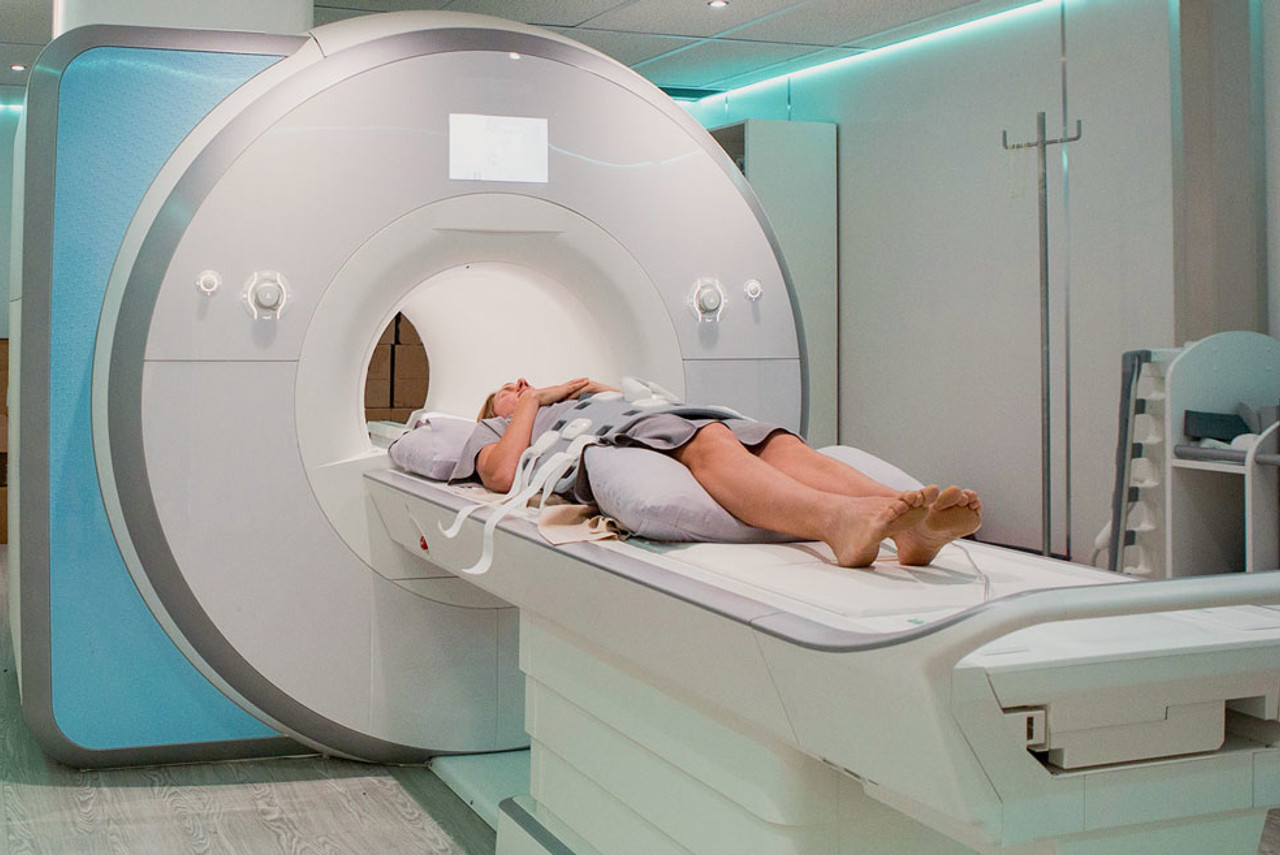Breast MRI FAQs
-
There are many reasons why your referring practitioner may have requested a Breast MRI.
You may require a combination of MRI, ultrasound and/or mammography. Before your procedure, your doctor will explain to you why they ordered the imaging and what they are looking for.
Women aged 50 years or younger often have dense breast tissue, which can make it difficult to evaluate the breasts with mammography and ultrasound alone. As women go through menopause, their breast tissue changes, and other tests such as mammography and ultrasound are used more routinely.
-
Routine breast MRIs are performed on days 5-10 of your menstrual cycle. If you don’t have a cycle or your scan is urgent, it can be performed at any time.
For the MRI, you will be required to change into a gown and remove jewellery, so we recommend wearing clothes that are easy to remove.
Please bring any previous scans or x-rays related to your MRI scan with you to your appointment. If you had these scans with us, we will already have your images stored.
If you feel anxious in small spaces, please mention this at the time of booking. If you suffer from claustrophobia, you may require sedation to make you more comfortable during the scan.
-
- When you arrive at one of Queensland X-Ray’s MRI clinics, our reception staff will go through some questions with you to reconfirm your booking details.
- So our team can perform your scan safely and effectively, you are required to complete a patient safety questionnaire and change into a gown which we will provide. You will be asked to remove any jewellery, hearing aids, dentures and any other loose items. Your belongings will be safely stored for you during your examination.
- In order to perform your scan, you will lie down on the MRI bed, which will then be moved so your Breasts are in the middle of the scanner. You will lie over a device called the Breast Coil.
- Throughout the procedure, you will be required to keep still.
- MRI scans of the Breast will require us to insert an intravenous (IV) line into your arm. We use this to administer contrast dye that can help to enhance the images we take. When the contrast is injected, you may get a metallic taste in your mouth and this is completely normal. It is important to tell the staff if you have had any form of reaction to MRI contrast before.
- Rarely, as with all intravenous injections, there is a small chance of an allergic reaction. Most reactions are mild and result in hives or itching. If any sort of reaction does occur, our staff are trained and on hand to manage this reaction.
- The MRI machine makes a very loud knocking and humming sound when the images are being taken. Both hearing protection and an emergency buzzer are provided for the duration of the scan. You will be offered headphones through which the MRI radiographer can talk to you and play a selection of music to help reduce the noise and pass the time more quickly. The knocking will intermittently stop while the computer processes the images for a few seconds at a time before starting again. No-one else will be in the room during your scan, but you can press the buzzer should you need to communicate with the MRI radiographer or stop the exam at any time.
-
If you require an MRI scan and suffer from claustrophobia, or are uncomfortable with the restrictive space, you can have your doctor prescribe some sedation for you to complete the scan. In more extreme cases of claustrophobia, we can provide twilight sedation at one of our hospital practices. Just mention this at the time of booking.
-
Safety is paramount with MRI scanning, so at the time of booking your MRI and when you arrive at the MRI clinic for your appointment, you will be asked certain safety questions.
An MRI scanner is essentially a large magnet and certain metal objects like implants are not MRI safe or are MRI conditional. Please let your referring doctor and Queensland X-Ray staff know if you have any of the following:
- Cardiac pacemaker
- Defibrillator
- Cochlear implant
- Neurostimulator
- Aneurysm clips
- Active implanted biomedical devices
- Infusion pump
- Continuous Glucose Monitors
- Any implants or devices in your head or body
Please let us know at the time of booking if you are pregnant.
-
A Breast MRI scan will take approximately 20-30 minutes to complete.
-
To make an MRI booking online with Queensland X-Ray, access our portal here.
How much will it cost?
Fees for radiology procedures will vary depending on a variety of factors. We will advise you about the cost of your service at the time of booking but if you do have any questions, contact us and one of our team will be happy to help with your query. You can read more about our billing information here.
How do I access my images?
At Queensland X-Ray, we provide our patients with their images and results online. To access your images and results, you’ll need to register for an account when you visit one of our practices. If you’ve already registered, you can access the Patient Portal here.

